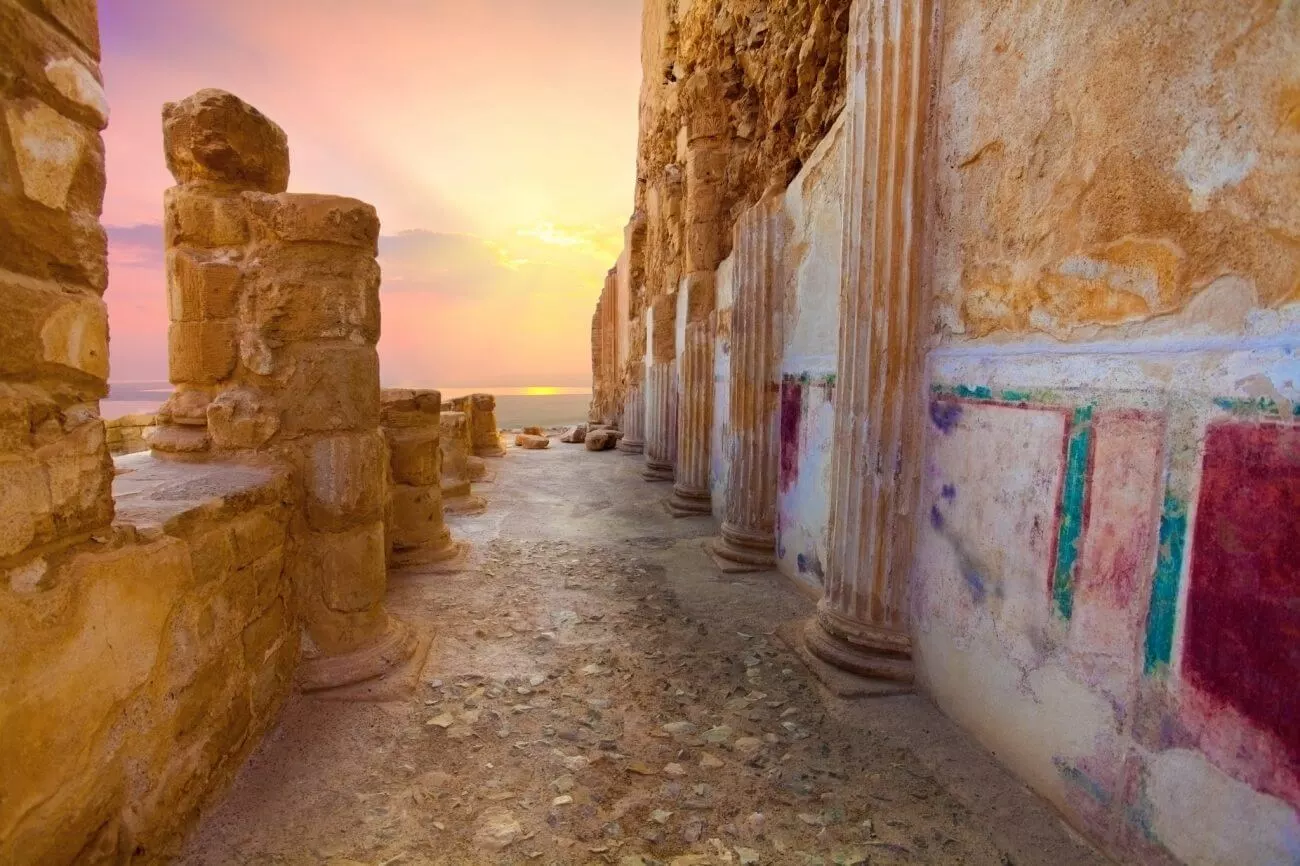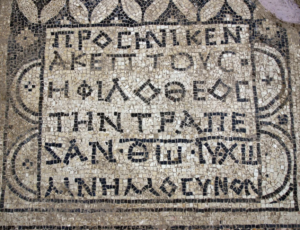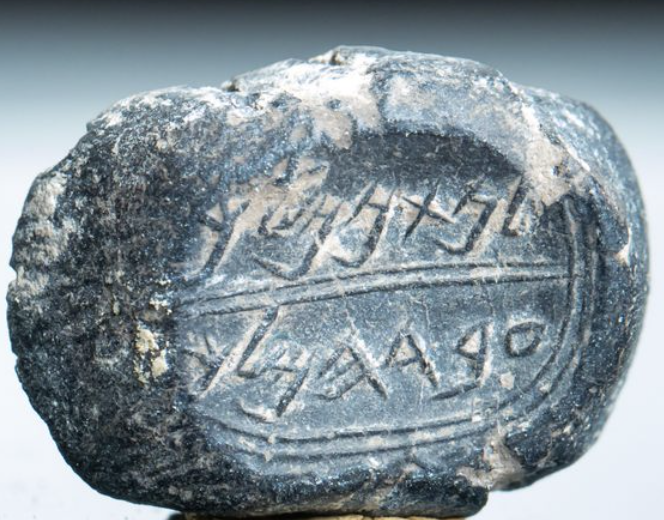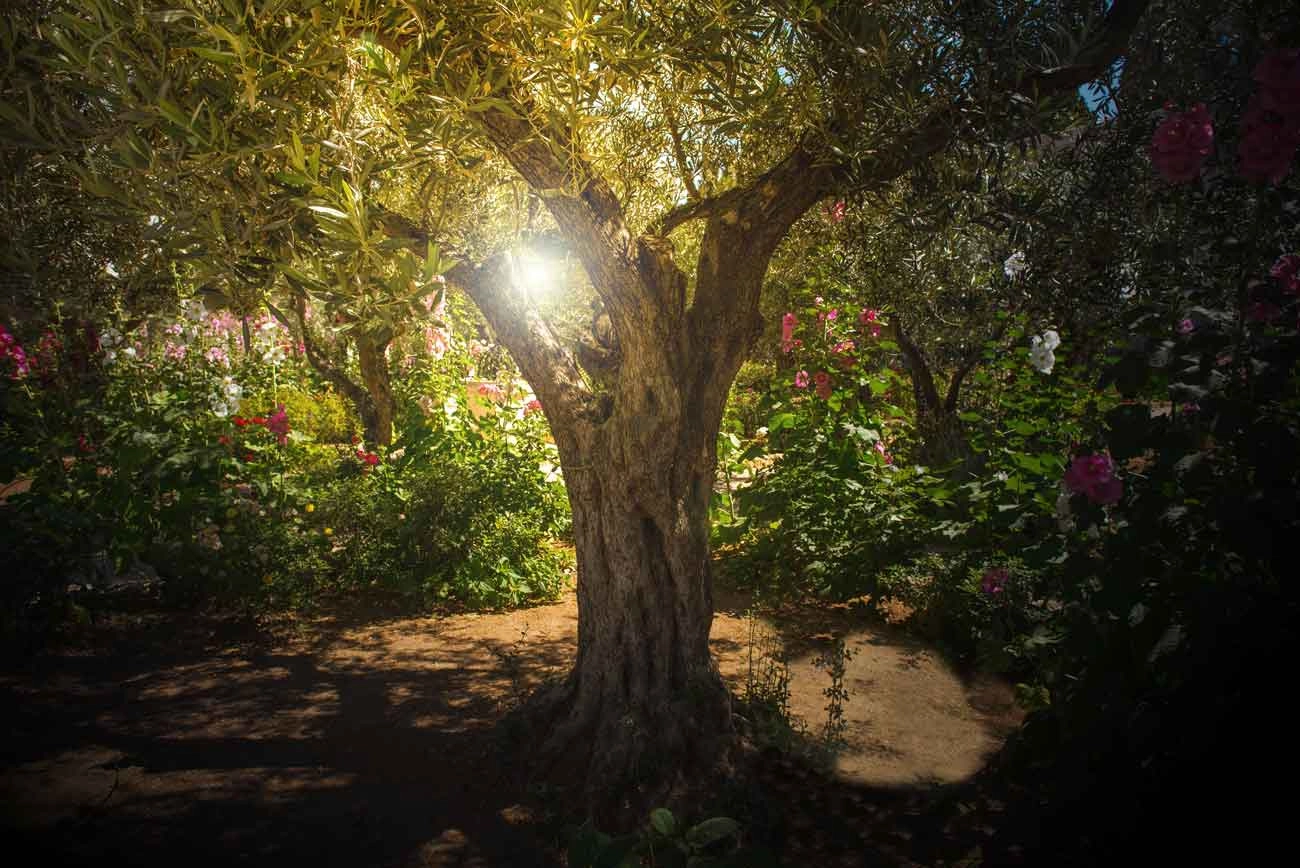Exploring the Art in Ancient Israel
There is beauty wherever you look in Israel. The stunning vistas, from oceans to lakes and mountains to deserts, enthral every visitor. Yet, the charm of ancient Israel art, steeped in rich history and culture, is incomparable. During your tour, you will experience the magic of ancient Israel art as you travel through the land.
Here are some places it can be found!
Discovering Sculptures in Ancient Israel
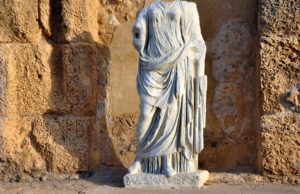
Caesarea Maritima Sculptures
The diversity of sculptures in ancient Israel, from humble figurines to towering statues, narrate tales of the past. What’s worth mentioning is that the majority of these sculptures would not be of Hebrew descent. This is due to the prohibition against graven images or idols in Hebrew culture.
Sculptures and figurines are scattered across Israel, with some dating as far back as the Canaanite period. These figures are often in the shape of female, and are thought to be fertility idols and charms, in hopes of encouraging the brith of strong sons.
The influence of the Greeks and Romans is evident through their sculptural legacy. Renowned for their statues and busts, remnants of their artistry can be observed in various regions, particularly in the Decapolis, reflecting Greek influence, and in Caesarea Maritima, showcasing Roman impact.
Architectural Carvings
While the Israelites were not ones to form sculptures, there are many examples of ornate decor being added to buildings. These are well documented in the Bible, in speaking of how the Ark of the Covenant and the Temple were decorated ornately.
Examples of this include the beautiful capitals that were used in the palace of King David. These were found in the City of David during the pandemic and dazzle visitors now as a new set in Israel that wasn’t there before the shutdown.
Recently, ornate ivory inlays were discovered from the First Temple period. While the Bible had spoken of these exact inlays, they’d never been discovered before. A large cache was discovered, and shines a whole new light on the era.
There were also podiums found in which the Torah would have been laid across in order to read. One of these is at the synagogue found at Magdala. This synagogue dates back to the time of Jesus, so it’s very likely that Jesus himself would have read scrolls from this very spot. It is adorned in a traditional Hebrew manor, with non-living items on it, including a menorah.
Mosaic Masterpieces
Mosaic artworks, a celebrated form of ancient Israel art, can be found in every nook and corner of the country. Artisans would craft intricate and beautiful floors in churches, bath houses and homes of the rich, throughout the land. Many of these designs would be discovered by chance, after lying hidden beneath layers of soil for thousands of years. Because the mosaic has remained undisturbed for millennia, numerous patterns and designs are remarkably well-preserved, and in some instances, the mosaics are nearly fully intact.
There are over 7 thousand mosaics pieces of art in ancient Israel known and that number grows constantly!
Mosaics in Israel include “The Bird Mosaic” in Caesarea Maritima. It was made during the Byzantine era and has bars and other animals on it during what would have been the heyday of the city’s Christian population.
Another mosaic lies within a prison just outside the infamous Megiddo. Dating back to what could be the oldest known church, this mosaic from the third century holds historical significance as the earliest known mosaic dedicated to Jesus. The importance of this discovery is so profound that plans are underway to relocate the prison, opening the area for public visits and enabling further exploration of this remarkable site.
Look forward to this extra stop when you are visiting Meggido next time you are in Israel!
Paintings
The concept of painters during the time of Jesus and earlier might not immediately come to mind, but indeed, they did exist. While the average family did not typically cover their walls with paintings and art, the rich certainly embraced this form of expression. One notable figure known for his appreciation of art in ancient Israel was Herod. His fondness for this decoration added a rich layer to the cultural landscape of the time.
Herod was well known for his love of art and incorporated it into his building program. Herod was particularly fond of frescos that included lavish, deep colors. Artists would paint beautiful geometric patterns and fruits which gave the building a very distinct Jewish feel with Roman influence.
Some of this paint has actually stood the test of time today! It can be seen at Masada and Herodium in it’s original, though faded glory.
We warmly invite you to explore Israel and immerse yourself in the mesmerizing world of ancient Israel art!

